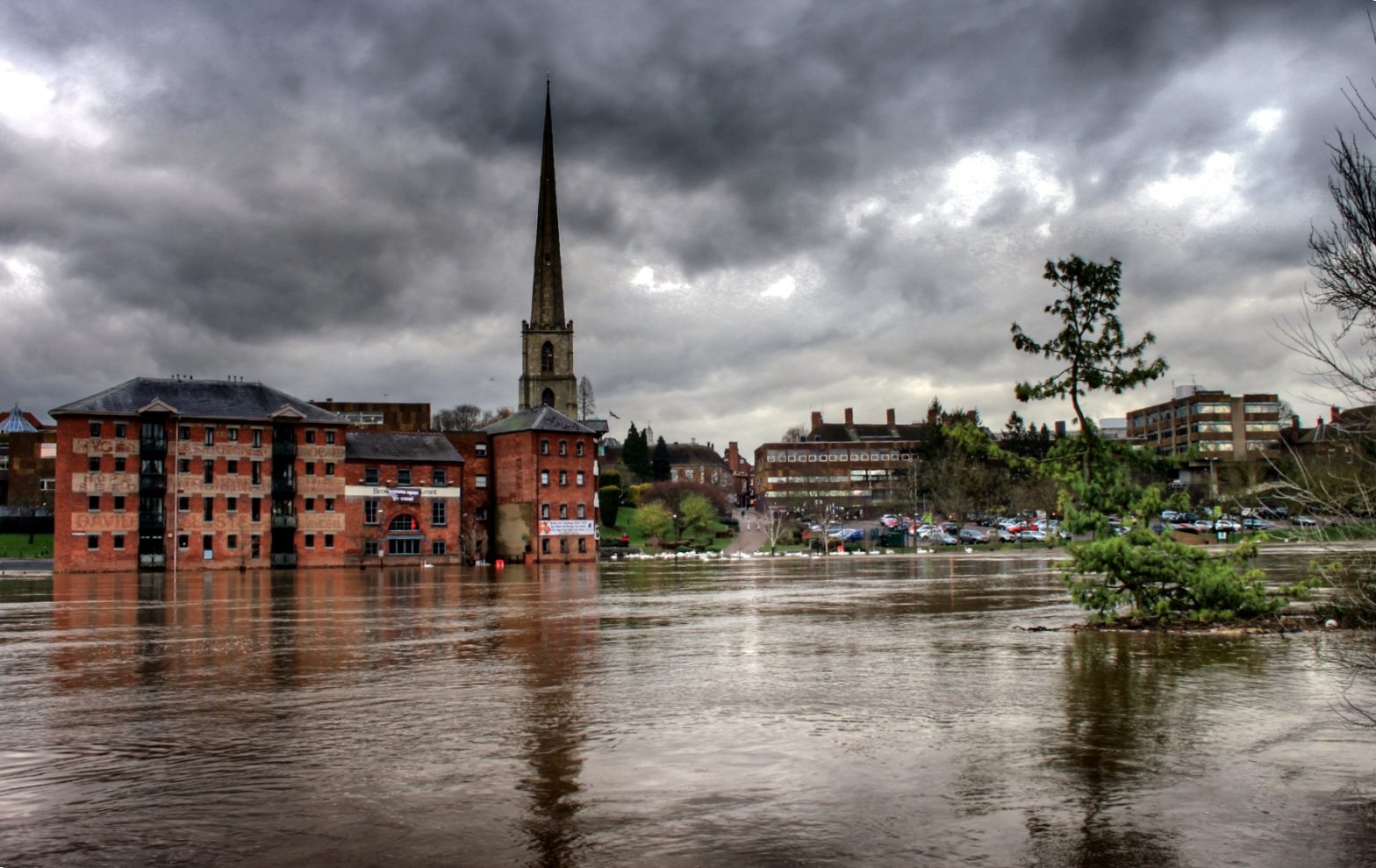
Photo: A7AC9BD9-CCA5-4EDF-A736-277E74EF11E8
The new role of insurers in resilience planning
02 March 2016
by Jonathan Andrews
While the insurance industry plays a vital role in the rebuilding process in the wake of urban disasters, Nick Michell looks at how the industry can take the lead in helping cities become more resilient to such events.
While some were enjoying snowball fights in New York’s Times Square in late January, others were counting the cost of the damage caused to their properties and businesses from one of the heaviest snowstorms ever to hit the east coast of the United States. On the weekend of 23-24 January 2016, Winter Storm Jonas forced road closures, led to a shutdown of public transport and the temporary closure of businesses, schools and government offices, and left at least 42 dead across 12 states.
The US blizzard was one of a series of severe weather impacts in the last two months as El Niño provoked flooding and storm damage across Argentina, Paraguay and Uruguay and in December, parts of northern England lay under water as flooding hit houses and businesses across the UK’s Cumbrian and Yorkshire regions.
In the aftermath of an extreme weather event, one of the first ports of call for an individual, family or business will be an insurance company. Although the insurance industry plays a major role in paying out for losses to help communities cope with the financial hardship associated with those losses, what is often overlooked is its ability to assist cities with climate change adaptation and mitigation, and disaster risk reduction.
“The insurance industry is usually viewed from the narrow perspective of financial risk transfer only,” says Butch Bacani, Programme Leader for the UNEP Finance Initiative’s (UNEP FIP) Principles for Sustainable Insurance, a global framework for the insurance industry to address environmental, social and governance risks and opportunities. “However as underwriters, insurers can help reduce risk by promoting good physical risk management for example, through proper land-use planning or resilient construction, before carrying financial risk. Linking risk reduction efforts to premiums and insurance coverage is critical to changing behaviour and promoting good risk management.”
Insurers can help communities understand, prevent and reduce risk through research and analytics, catastrophe risk models, and loss prevention. Insurers can also support zoning and building codes, and promote disaster preparedness. As risk carriers, insurers protect households and businesses by absorbing financial shocks due to cyclones, floods, droughts and earthquakes, while insurance pricing also provides risk signals and can reward risk reduction efforts.

“Protecting people before and after major floods, storms, and extreme events is a core part of our business,” says Karsten Loeffler, Managing Director of Allianz Climate Solutions, responsible for climate-related strategy development for the Allianz Group. “However, Allianz not only provides insurance solutions to help increase flood preparedness, but also aims to create awareness amongst the general public on flood risks and mitigating these risks in the most vulnerable areas.”
The benefits of increased engagement
Cities are increasingly looking for more engagement from the insurance industry in relation to climate change adaptation and resilience because of its expertise in risk modelling and prevention, crisis management and helping get people and businesses back on their feet. There is also a growing understanding that effective insurance mechanisms are more cost-effective solutions than postdisaster aid or recovery alone.
Cities are perfectly placed to map the risks that are likely to materialise locally as well as to design adaptation strategies to curtail their exposure to the changing climate and insurance companies are looking to play a more active role as they adapt their own business models.
AXA Group, an insurance and asset management multinational, in collaboration with the United Nations Environment Programme’s Finance Initiative released a study in October 2015, highlighting how the insurance industry can play a key role in advising cities on how to assess climate risks and supporting them in the development of resilience plans.
The report, entitled BUSINESS UNUSUAL: Why is the climate changing the rules for our cities and SMEs, involved 1,100 small and medium-sized enterprise directors and urban leaders from major cities in 18 countries across Europe, the Americas and Asia.

“Urban leaders and SMEs are increasingly realising how they are impacted by climate risk,” explains Christian Thimann, Group Head of Strategy, Sustainability & Public Affairs at AXA Group. “They have also witnessed the rising intensity and frequency of climate-related events and understand more and more that insurers have something worthwhile to say and contribute.”
The research showed that 62 percent of SMEs believe that insurance companies are a credible source of information on climate change, while urban leaders also recognise the power of the insurance industry to drive change, and the importance of having a dialogue with insurers to better understand the evolving nature of the risks they face.
“This report could not have come at a better time,” says Bacani of the UNEP Finance Initiative. “Our vision is a risk-aware world, where the insurance industry is trusted and plays its full role in enabling a healthy, safe, resilient and sustainable society. Risk management and collaboration are at the heart of sustainable development.”
New models for collaboration
The UNEP Finance Initiative’s Principles for Sustainable Insurance serve as a global framework for the insurance industry to address environmental, social and governance risks and opportunities. Developed by UNEP after the 2012 United Nations Conference on Sustainable Development, the Principles have led to the largest collaborative initiative between the United Nations and the insurance industry bringing together around 90 companies representing approximately 20 percent of world premium volume and US$14 trillion in assets under management.
“Efforts by insurers to reduce risk and build resilience could be strengthened even further if there is greater collaboration and alignment with the efforts of governments, businesses and civil society in relevant areas such as land-use planning, building codes, and disaster preparedness,” says Bacani. “Greater awareness of climate change and its impacts, and the increasing frequency, severity and scale of extreme weather events and natural disasters, is leading to greater collaboration between the insurance industry, governments, businesses, NGOs and academia.”
A good example is the collaboration announced the day Storm Jonas hit the US. On January 22, at the World Economic Forum in Davos, water and energy company Veolia, and global insurer Swiss Re Corporate Solutions, revealed that they had joined forces on an innovative infrastructure recovery initiative to speed up economic recovery in cities in the aftermath of catastrophic events.

Under the partnership agreement brokered by the 100 Resilient Cities network, Swiss Re and Veolia will work with cities to understand the risk exposure of critical assets under current and future climate scenarios. Based on these assessments, cities can develop resilience plans to reduce the risk of these assets being affected and lower their risk exposure over time.
By planning ahead for major shocks and stresses, cities not only strengthen the resistance of their vital infrastructure; they can also limit economic interruption and begin to quickly repair damage without waiting for insurance assessments or payouts.
“This partnership is a sign that the private sector better understands what cities need to build resilience, and cities will no longer have to make difficult and often inefficient decisions after experiencing a disaster. They will know what is at risk, how it needs to improve, who will fix it, and where the funds will come from, all which allows them to rebound more quickly,” says Michael Berkowitz, President of 100 Resilient Cities (see the full interview here).
The insurance industry has the opportunity to initiate behavioural change among leaders and businesses at the local level through education and awareness, as well as through the pricing and design of products and services that help incentivise resilience measures. At the individual customer level, there are many examples of resilience already being priced into premiums, such as floodproofing measures for homes. Further dialogue should be initiated between cities, businesses and the insurance industry to drive resilience strategies.
“We are still in the reasonably early stages when it comes to the contribution of the insurance industry to increased resilience to climate risk, but the potential is obvious,” says AXA’s Thimann. “It is very important that we share the vision of the insurance industry becoming a decisive partner in the global effort to develop resilience to climate change. It is not just about raising awareness among city leaders and businesses, but also about driving the insurance industry itself towards this vision.”









